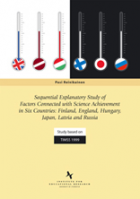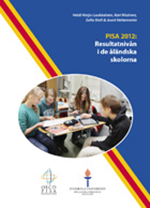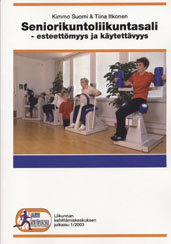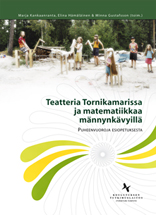Sequential explanatory study of factors connected with science achievement in six countries: Finland, England, Hungary, Japan, Latvia and Russia
2,00 €
Study based on TIMSS 1999
Reinikainen, Pasi
978-951-39-2953-4; 1455-447X
University of Jyväskylä. Institute for Educational Research / Koulutuksen tutkimuslaitos
Research reports / Tutkimuksia (22)
2007
There is currently a worldwide boom of large scale international comparative student achievement studies. However, what seems to be the major outcome of these studies (PISA, TIMSS, CIVICS,...) is numerous ranking lists of separate educational contents. These rankings may or may not be linked with student learning outcomes in studied countries and can often be more or less misleading. It is a fact that in these assessments huge databases are collected B but unfortunately also left with little utilisation.
This book presents a study where one of these databases, namely TIMSS 1999, has been explored much deeper than just for producing ranking lists. The goal of this study is to reveal significant predictors of student science achievement in Finland, England, Hungary, Japan, Latvia and Russia, and to explain the various cultural situations where those achievements have been made.
This book presents a mixed method study, which takes a pragmatic approach to TIMSS 1999 data. It presents a new level of interpretation so as to further the analysis of this kind of achievement studies by:
- introducing a new, easy to understand and interpret, graphical presentation of multi level modelling results, which also reveals the connections between various explanatory variables of science achievement; - including descriptions of the demographics, educational systems and science education practices of the studied countries; - providing explanations from leading national science education experts the respective countries so as to offer emic interpretations of the statistical country level results and to highlight the cultural, historical and social contexts in which student learning takes place.
For readers this book offers an inside perspective on international comparative student assessments. It gives answers to the questions what these studies can do, what they cannot do, and what they should and perhaps could do in the future.
3 varastossa





